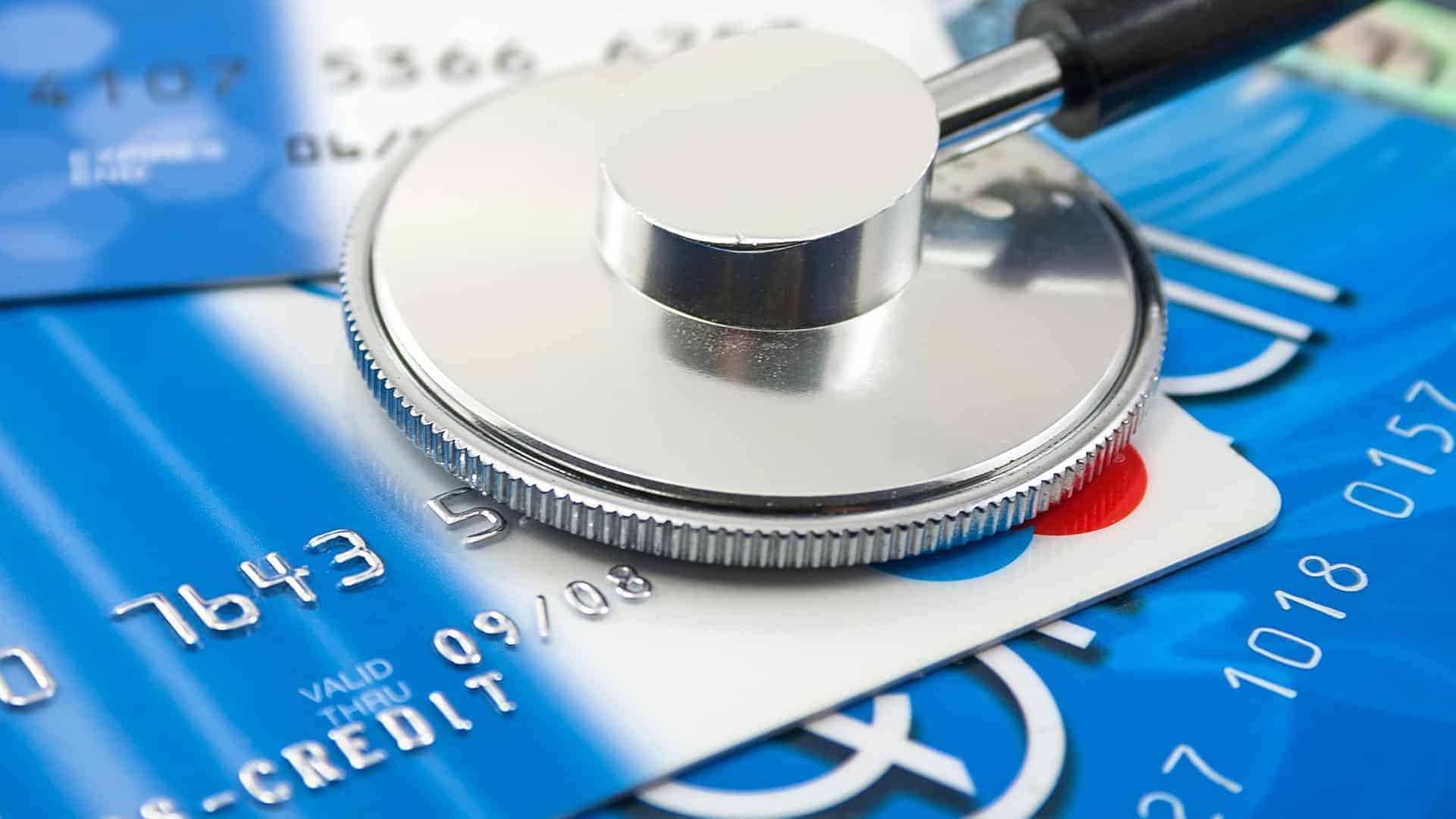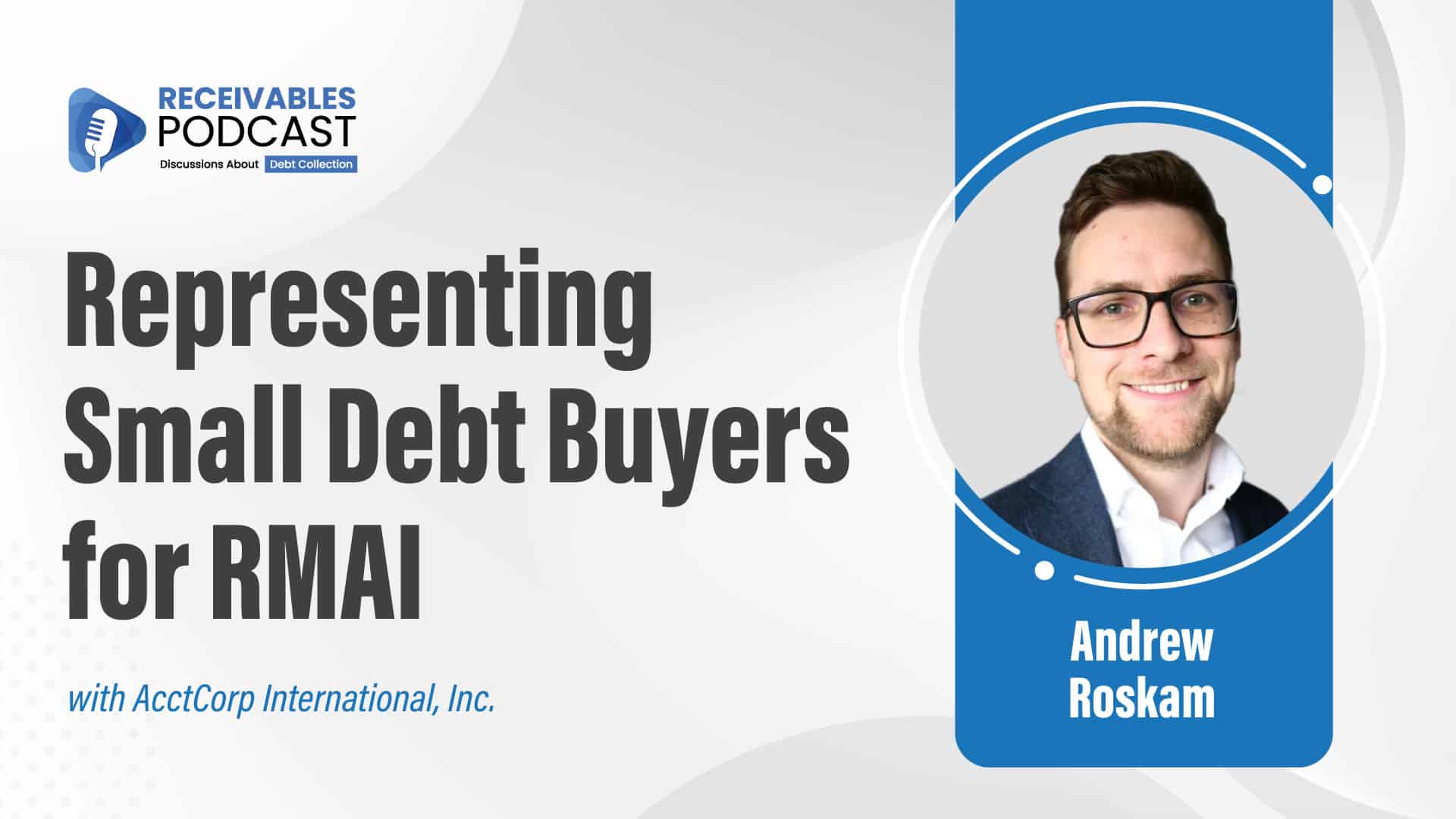
Tons of Medical Debt Is Just Sitting, Unliquidated. Why?
In 1982, Bananarama released a song called “It Ain’t What You Do.” Remember it? In relevant part, the lyrics went like this:
It ain’t what you do it’s the way that you do it
It ain’t what you do it’s the time that you do it
It ain’t what you do it’s the way that you do it
And that’s what gets results
While I doubt the song was written for today’s ARM community, it should have been, because its message is powerful, especially for hospital CFOs, hospital boards, and certain healthcare staffing companies. The lyrics could provide some relief for the medical provider community because its fear of consumer complaints and brand erosion has caused some of the largest physician practices and hospitals to hold onto potentially crippling amounts of unpaid receivables. Tons of medical debt is just sitting, unliquidated. Why?
While no medical provider wants to focus on the revenue cycle, there is, of course, a practical need for liquidity. If you aren’t getting paid, you can’t keep the lights on to care for more patients. We would argue that really一as the song goes, it’s not what you do. It’s the way that you do it that matters. What gets results is being careful about what organizations you work with, and allow to represent your brand. To be sure, liquidating self-pay medical debt is not the same as liquidating credit card debt. The nuances are delicate with medical debt. We covered them recently in an article called, “What’s Brand Got to Do With the Healthcare Revenue Cycle.”
Overcoming liquidation’s bad rap
Is there is a way to shift the burden of unresolved self-pay debt and still uphold the “Do no harm” idea? Absolutely, yes. The key is to work with zealously conscientious partners with the right processes in place to handle the debt appropriately. The medical community is right to expect great care and transparency from any firm that has the power to influence how their brand is perceived in the marketplace. Liquidators, unfortunately, have not been historically known for upholding high standards of consumer care一a problem for original creditors like hospitals that rely on community-based, repeat business.
What will shake the bad rap over time? We think rules sensitivity, brand care, operational transparency, and high ethical standards are huge parts of the answer. Our clients agree.
Math matters
Some hospitals, hospital systems, physician practices, and staffing companies may not realize the potentially game-changing power of creating a true revenue stream out of unpaid self-pay debt. What’s more, as the medical landscape continues to consolidate, providers and their staffing companies may under-appreciate that a ledger with stagnant self-pay debt does not an attractive merger candidate make. Here again, engaging an ethical specialist in liquidating medical debt can’t hurt, and in fact, may make great sense. Instead of keeping risk on the books, providers can:
- Actualize immediate cash through innovative purchase or finance programs
- Shift risk and responsibility off the books
- Protect the brand by working with a partner that is committed to fair and positive treatment of patients
- Retain control of customer relationships
- Reallocate staffing and systems that had been focused on asset recovery and vendor oversight
There is ultimately nothing wrong with a healthcare organization shifting risk and creating liquidity out of non-performing debt. “Do no harm” is also about keeping an organization fiscally healthy so it can keep serving its community. As long as you do it in a way that is positive, ethical and lawful, then it’s really true: It’s not what you do, it’s the way that you do it that gets results.
This article courtesy of Cascade365.







